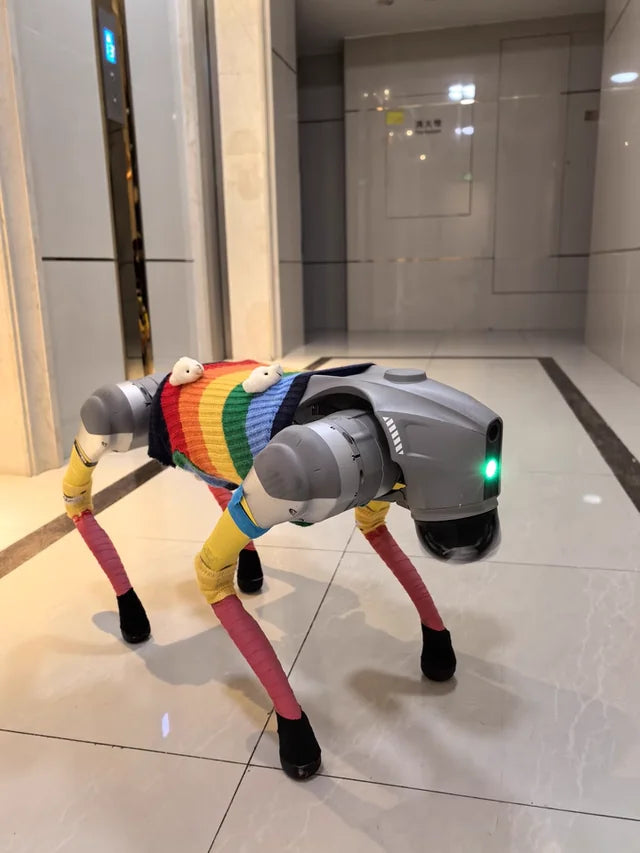
Interacting with DEEPROBOTICS Lite 3 Robot Dog--ROBOT DOG SHOW
ROBOT DOG SHOW
Exploring the Interactions Between Lite Robot Dogs and Humans
As technology continues to evolve at an incredible pace, one of the most intriguing advancements is the development of robot dogs. Among the various innovations in this field, Lite robot dogs have gained significant attention for their blend of affordability, functionality, and interactive capabilities. These robots, though lighter and more accessible than their high-end counterparts, offer a fascinating glimpse into the future of human-robot interaction. In this article, we'll explore how Lite robot dogs engage with humans and the potential they hold for both personal and professional applications.
Human-Robot Interaction: Communication Through Movement
One of the most engaging aspects of Lite robot dogs is their ability to mimic the behaviors of real dogs, allowing for a more natural and intuitive form of interaction. Many Lite robot dogs are equipped with sensors that help them navigate their surroundings. They can follow simple voice commands, react to hand gestures, and even display basic emotions through changes in posture or facial expressions on their screens.
For example, a Lite robot dog might wag its tail when it "feels" a sense of affection or excitement, just like a real dog. It can sit when prompted, respond to a pat or a gentle tap, and even follow the owner around the room. These movements, which simulate the behavior of a real dog, create a bond between the user and the robot, even though it lacks sentience.
This type of interaction taps into our innate desire for companionship and communication with animals. By mimicking the way we engage with pets, Lite robot dogs bridge the gap between artificial intelligence and human emotions, making the experience less mechanical and more emotionally resonant.
Practical Applications in Daily Life
While Lite robot dogs may not yet possess the full range of capabilities of advanced robotic companions, they offer valuable assistance in various contexts. In the home, these robots can serve as companions, particularly for elderly individuals who may find comfort in interacting with a pet without the responsibility of care. Lite robot dogs don’t require feeding, grooming, or medical attention, yet they can still provide emotional support by offering companionship.
Additionally, these robots can be useful in educational settings. For children, interacting with a robot dog can encourage learning in fields like coding and robotics. Some Lite robot dogs are designed to be programmed by users, making them ideal tools for teaching STEM concepts. As kids interact with the robot, they can see how their commands or code affect the robot’s behavior, reinforcing the lessons they’re learning.
In professional environments, Lite robot dogs can assist with research and development in fields like AI, robotics, and human-robot interaction. They can also be used in customer service roles, greeting visitors and providing information in a friendly, non-threatening manner.
The Future of Lite Robot Dogs
As artificial intelligence continues to advance, Lite robot dogs are expected to become more sophisticated, offering enhanced features like improved emotional intelligence, better natural language processing, and more realistic behaviors. In the future, we may see robot dogs that can carry out tasks such as fetching items, recognizing emotions, or even acting as therapeutic companions for individuals with mental health conditions.
Moreover, as the technology becomes more affordable, it’s likely that Lite robot dogs will become a staple in households and schools, becoming not just a source of companionship but also a tool for learning and personal development. The line between artificial and real companionship may continue to blur, offering exciting possibilities for the integration of robots into everyday life.








